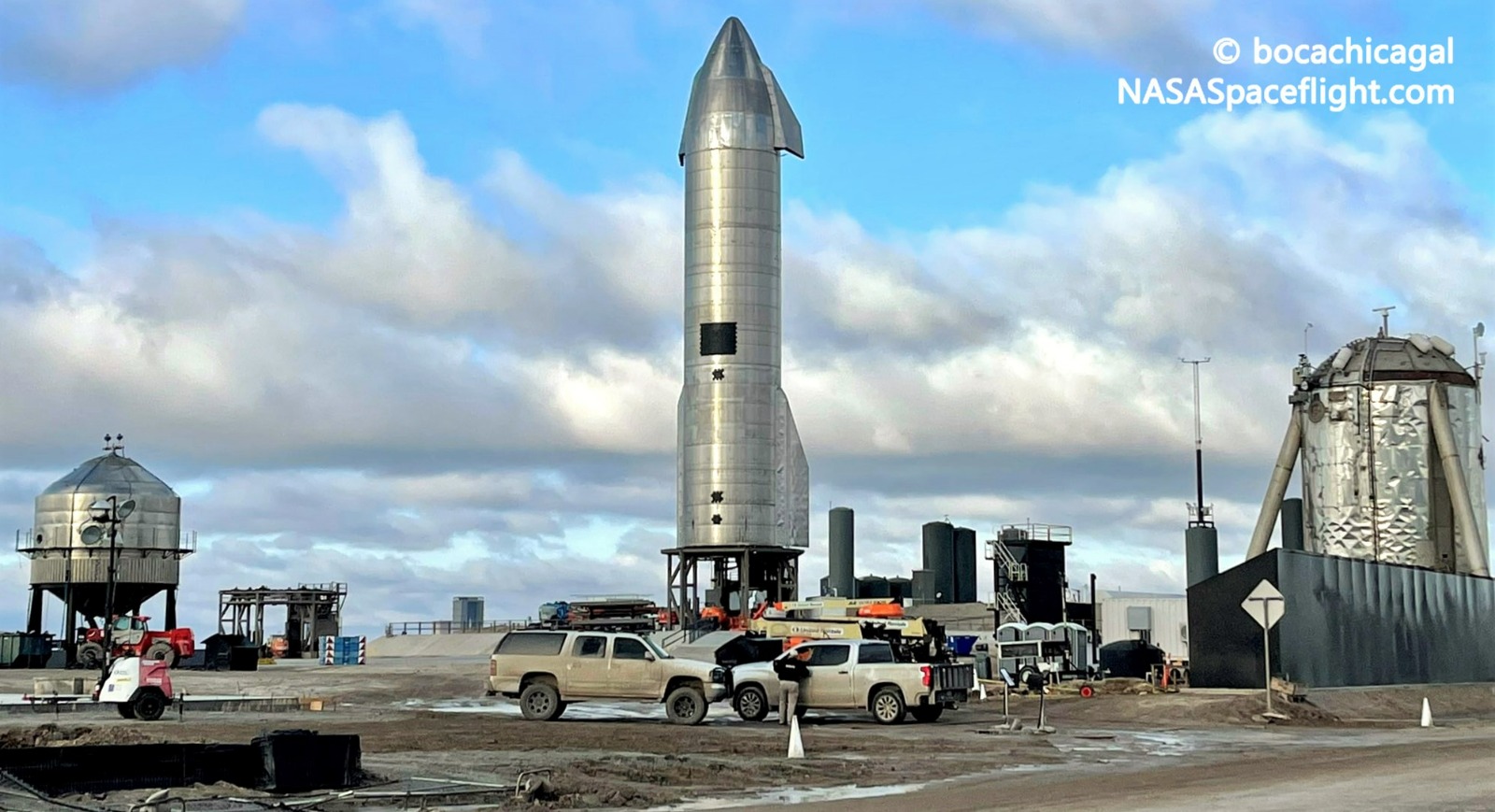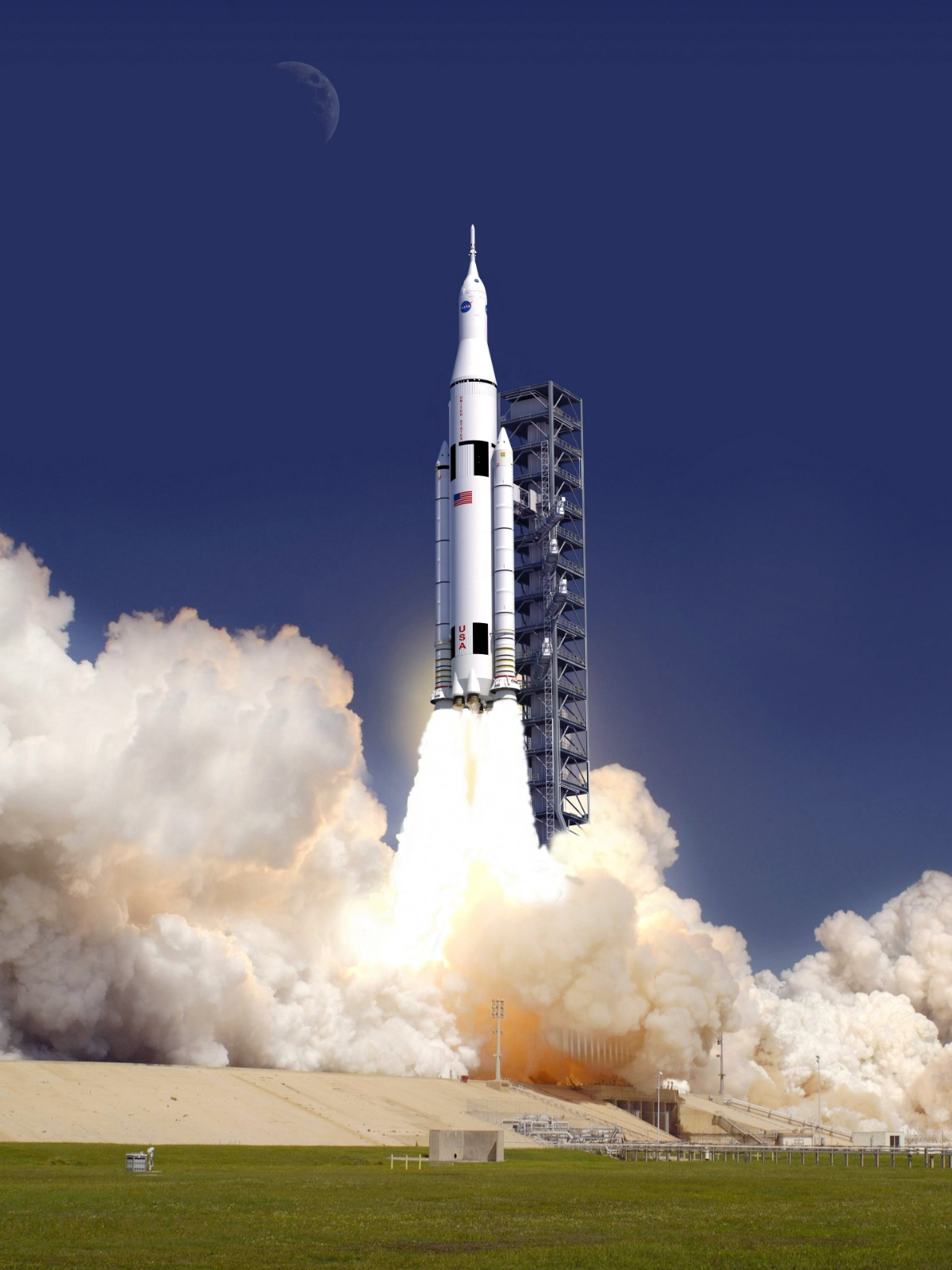By 2045, China plans on being the leading space power in the world. Yes, THE leading power. And China plans to use its space mastery to boost its position as the center of a “new world order.” A world order in which the “bully,” the United States, is sidelined. And in which China reigns supreme.

In fact, China plans on owning the solar system and being on its way to populating the universe. Populating the heavenly bodies and the spaces beyond them with the Chinese race, the Han. All of that has been written into the Chinese constitution and into another official source code, what Xi Jinping calls “the Chinese dream.”
Should that be a big deal to the US, and to you and me?
Yes. China could easily achieve its space dream. Why? Because America is currently in the lead in space but is sabotaging itself. Take, for example, our timeline for space exploration, which looks like a sketch for a hobby compared to China’s deadly serious blueprint.
Fortunately, there are organizations of very smart people who think deeply about these issues. One of these organizations is a group of thinkers called the Space Development Steering Committee.
The SDSC was founded by Howard Bloom at the suggestion of Buzz Aldrin in 2005. Bloom is a man who has been obsessed with the scientific search for Truth at any price including the price of his life since he was a child. A remarkable man, Bloom’s history is so singularly unusual that many would find it unbelievable if it weren’t true. Bloom is a scientific thinker who started in microbiology and theoretical physics at the age of ten, and who calls his main field “mass behavior, from the mass behavior of quarks to the mass behavior of human beings.” In fact, Bloom has done seventeen years of fieldwork in mass behavior. He is best known for being, beyond any argument, one of the most important power-players in the history of Rock & Roll music. Where mass behavior comes alive in its most essential way.

Bloom’s genius for using science to see the way things really work may have accounted for his almost supernatural effect in his role as head of the publicity firm behind a long list of the most successful and astonishing music artists the world has ever known: Michael Jackson, Prince, Billy Joel, Billy Idol, Bob Marley, Paul Simon, Bette Midler, Queen, Kiss, Aerosmith, AC/DC, Styx, David Byrne, Peter Gabriel, Run DMC, Grandmaster Flash and the Furious Five and over a hundred more.
One thing Bloom and the Space Development Steering Committee have in common is impatience. Impatience with unclear ideas, trivial politics, and pork barrel policies that slow progress down, especially when science and research have already shown where we can (and should) go.
The Space Development Steering Committee points out that it’s been 50 years since we last had humans on the moon. Back in the 1960s and 1970s, astronauts and other space experts believed we would have outposts of Americans living on the moon by the 1980s. That never happened.
Now it’s time to make that vision real.
In June, Eric Berger of Ars Technica revealed that he was in possession of “a leaked look at NASA’s future Moon missions—and likely delays” in the form of “internal planning documents from the space agency showing an Artemis mission schedule and manifest for now through fiscal year 2034.” What do these documents reveal? “A slow-moving lunar program that, in large part, fails to deliver on the goals of the US National Space Policy.” In other words there is no serious attempt under way to create an American lunar base.
But the Chinese and Russians plan to have a research base on the moon by 2036. And, as geopolitical analyst Namrata Goswami points out, the Chinese have met every goal on their roadmap to space precisely in the year planned.

We are currently far ahead of the Chinese in space. We have landed Americans on the Moon. We have put five rovers on the surface of Mars, and those rovers are sending pictures and data back home. We have even flown a helicopter on Mars. And we have launched the first two space craft ever to go beyond the boundaries of our solar system. But Eric Berger’s look at NASA’s moon plans hint that we are not serious about living up to our dreams.
Among other things, NASA has a program to get humans to the moon, the program it calls Artemis. But Artemis relies on a rocket called the Space Launch System. The Space Launch System is what Bloom calls a “Franken-rocket” and “a rocket too expensive to fly.” The NASA timetable depends on regular flights to the moon. But NASA Inspector General Paul Martin told the House Science Committee in March that a single launch of the SLS will cost over four billion dollars.
Compare that to the $97 million launch cost of a Falcon Heavy rocket from SpaceX and you find that you could buy 40 Falcon Heavy launches for the cost of one SLS mission.
Put another way, for four billion dollars you could put 5,628,000 pounds into space using the Falcon Heavy. Yes, over five million pounds. For four billion dollars you can only put 59,500 measly pounds into space using the SLS. A pittance.
And Elon Musk’s SpaceX is currently building and testing a rocket that could carry 440 million pounds to orbit for the cost of one SLS launch. 440 million pounds! That rocket is called the Starship.
Bullet-pointed in Berger’s article are other factors indicating that our program for establishing an American base on the moon is on its way to nowhere:
- To repeat, to have a successful moon program, you need regular launches. This nation can only afford the launch of one Space Launch System rocket per year. And possibly one launch only every two or three years.
- In his Ars Technica article, Berger points out that, “The slow progression in missions puts off development of a ‘base camp’ on the Moon for years, with the earliest emplacement of a lunar surface habitat not coming until 2034.”
- And, says Berger, “NASA will spend the next 10 years focused on assembling a small space station in lunar orbit, rather than building up capabilities on the Moon’s surface.”
Why are we focused on a small space station orbiting the moon instead of a base camp where it counts, on the moon’s surface? Because the Space Launch System can’t land on the Moon. Nor can its passenger capsule, the Orion. Yes, the two core elements of NASA’s moon program can’t land on the moon. The mini space station orbiting the moon is a boondoggle to give the Space Launch System and the Orion something to do.
However SpaceX’s rocket-in-development, the Starship, can land on the moon. And it can carry 100 passengers. In fact, if Elon Musk’s cost projections are right, the SpaceX Starship can make the trip to the moon and back 2,000 times for the price of one NASA SLS launch. Yes, you heard that right. For the cost of one SLS launch you can launch the Starship to the Moon, then turn it around and land it back on earth two thousand times.
Meanwhile, remember, the Chinese and their partners, the Russians, plan to have a research base on the moon in 2036. Then there’s the weaponization of space. For at least ten years, China and Russia have had rocket corps aiming missiles at America’s satellites. If space ever becomes a battle ground, China and Russia plan to win. But that’s another subject for another time.
It’s more than a big deal that we win the new moon race with China. Says Bruce Pittman, former Chief System Engineer in the Space Portal Office at NASA Ames Research Center and a member of the Space Development Steering Committee, “Whoever gets there first, gets to make the rules of the road.”
Another member of the SDSC, Hank Haliasz, former US Air Force mission director for six Space Shuttle missions, summed up the matter very well:
“About four years ago, a space advocacy group I belong to, the Space Development Steering Committee, chaired by Howard Bloom, published a petition on Change.org entitled “Save America’s Space Program.”
“The petition urged our congressional and NASA leaders to stop the wasteful spending on the Space Launch System rocket, its companion the Orion capsule, and the Lunar Gateway as it was then called.
“Today, four years later, I’m seeing the same comments coming
forward in response to Eric Berger’s article of June 20, 2022, entitled ‘We got a leaked look at NASA’s future Moon mission – and likely delays.’
“In my opinion, America is progressing at a snail’s pace, if that fast, in getting humans to live on the Moon and travel to Mars. Our country seems more interested in providing profits and jobs for well-heeled space military industrial complex contractors than in beating the Chinese and Russians to outer space.
“I’m afraid if SpaceX isn’t allowed to step up to the plate and get it done, it just won’t happen. NASA’s multiple decades-long plans guarantee America’s failure. I truly hope I am wrong.”
And Bruce Pittman gives us a poetic yet deadly serious conclusion.
“The future is ours to lose.”
References:
______
Stewart Atkinson is a writer based in Texas.
